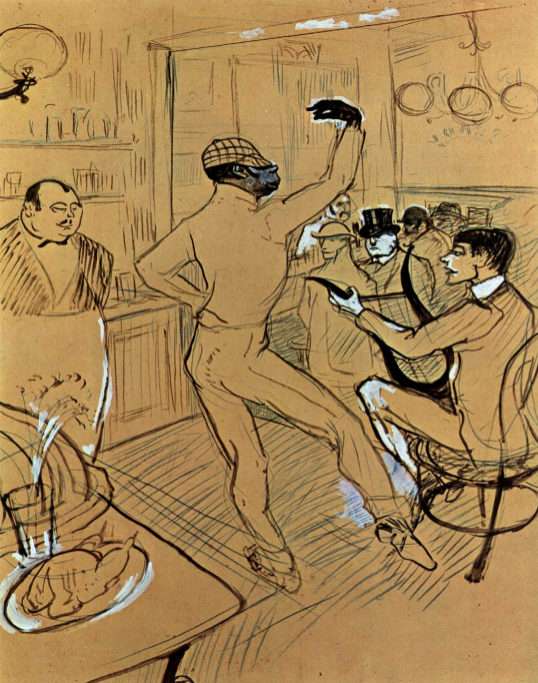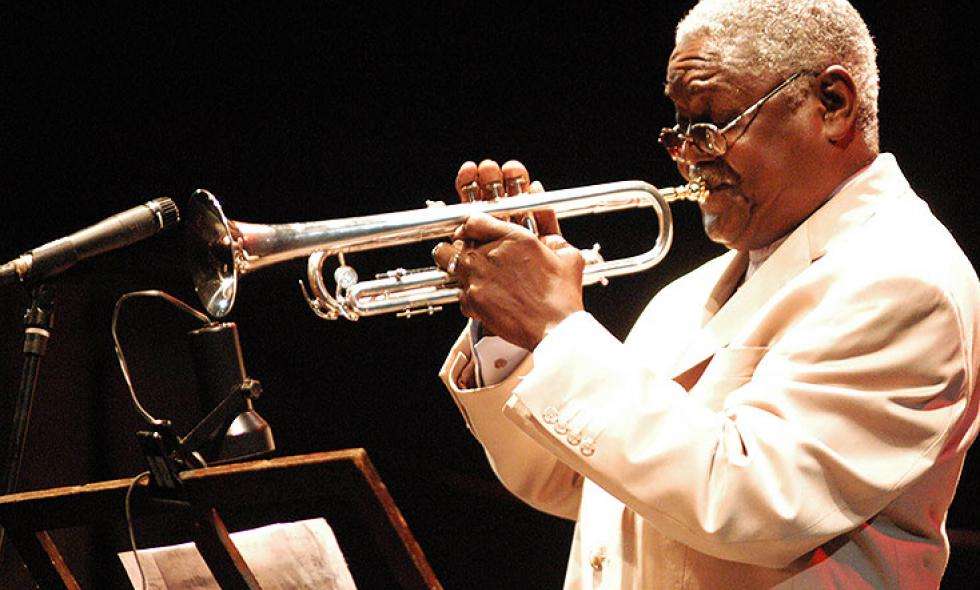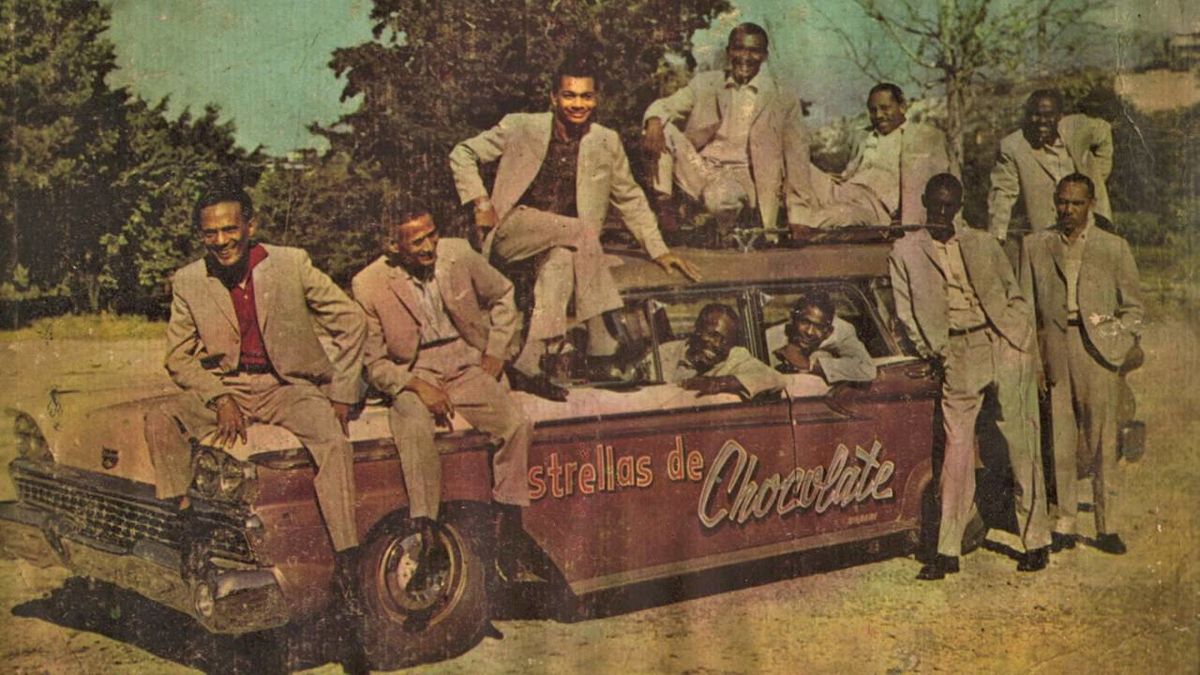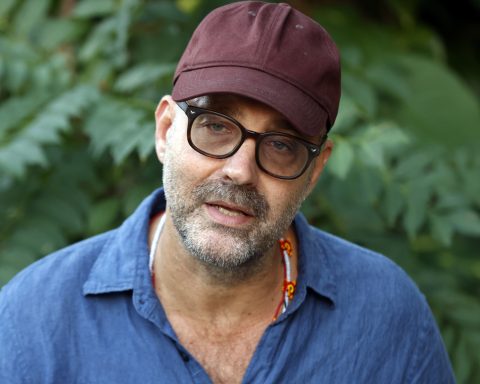With the express intention of underlining the difference, that delicacy that drives us crazy, created from the successful manipulation of cocoa and sugar -chocolate- went from being an appetizing sensory entertainment and one of the great contributions of pre-Columbian Mexico to humanity, to become a name that reinforces the notion of skin color as a difference, in times when such a distinction seemed pertinent. Its best known expression has been in artistic names in music and the performing arts: there are several Chocolate Cubans who have stood out on stage, either for their undeniable quality or for their populist histrionics.
Let no one imagine that this is from now: in what may be one of the first references to this fact, at the end of the 19th century, the Cuban Rafael Padilla became famous in France (Havana, 1886? – Bordeaux, 1917) , turned clown and musical eccentric. Paris was the city of his greatest triumphs, and with his circus pantomime acts, he became the first black artist to take on a leading role in a stage show in France. The Cuban had arrived in the French capital from Sopuerta, Vizcaya, where he was taken after being sold to a Spanish businessman, who even outside of Cuba kept him in conditions of slavery. It is presumed that Rafael was born a slave and once in Spanish territory he could not bear the cruelty with which he was treated, also becoming a true rarity in the town, the center of ridicule and ridicule, as he was the only black person there. The Cuban couldn’t take it anymore and decided to escape.
The English clown Tony Grice discovers it as possible partner in his shows in Bilbao and he is the one who creates his stage name: Rafael Padilla will be forever Monsieur Chocolate, Or simply Chocolate. They arrived in Paris and were hired by the Noveau Cirque and there its director saw the potential of the Cuban as a mime and star dancer and that was the beginning of his meteoric solo career. The show chocolate’s wedding it was an incredible success for several years, as was his parody of William Tell with another British clown: George Footit, with whom he made a memorable duet. “The duo symbolized black-white relations at the time. It was a representation of colonial domination”, says the historian Gérard Noiriel1. This idea of supremacy and humiliation in the Chocolat-Footit duo is confirmed by the poet and writer Jean Cocteau, who dedicates several pages of his memoirs to them. Portraits-Souvenir. Evoking his childhood, he states: “The beauty was the circus; then there was Footit and Chocolat; Footit who was like a crazy duchess and Chocolat, the black man who always got slapped.”two At the beginning of the last century, the comic tandem went into decline and in 1910 they separated.
Monsieur Chocolat was so famous that the painter Toulouse-Lautrec immortalized him in a caricature published in the newspaper Le Rire, whose sketch is preserved in the painter’s museum in the city of Albi.

After his death, which occurred on November 4, 1917 in Bordeaux, it has been in the cinema where the image and history of the Cuban artist has had a greater presence: in 1951 Gene Kelly was inspired by that caricature for his choreography in the film An American in Paris; In 1952, director John Houston dedicated a scene to him in his film Moulin Rouge and in 2016, actor Omar Sy plays the Cuban in Mr Chocolatfilm directed by the French Roschdy Zem.
In 1940, Antonio Díaz Mena is one of the many empirical musicians, hitherto unknown rumba and conga players, who arrive in Mexico motivated by the rise of the stage rumberas and Cuban music in general in that country. He had arrived as a bongo player for the legendary couple of dancers Lilón and Pablito, with whom he later joined The Black Cuban Diamonds, adding Carlos Vidal Bolado to perform successfully in the United States. In Mexico, he forever becomes Chocolate Diaz Mena (Havana, 1919 – Los Angeles, 2001) and, together with Silvestre Méndez, Modesto Durán, Enrique Tappan tobacco and others, will be one of the pillars of Afro-Cuban percussion in Mexican rumberas cinema, shows in nightclubs and theaters, and in recordings. Chocolate was a rumbero par excellence and in Mexico he gave the first signs of an original way of vocalizing rumba, which, according to Silvestre Méndez, recalled what was known there later, by the hand of Fellove and Luis Ángel Silva, Melón, as chua-chuasomething similar to scat rumba or rumba scavenged by Fellove himself and later, by Amado Borcelá, Guapachá, and Bobby Carcassés.
But Chocolate Díaz Mena was more in demand as a bongo player: in Mexico, from the rumba singer Krumba -which anticipated the legendary Tongolele and Kalantán- to the great divas of the peculiar and inauthentic Mexican cinematographic rumba -María Antonieta Pons, Ninón Sevilla, Rosa Carmina and Meche Barba-, passing through Luis Arcaraz and Ismael Díaz with their orchestras. His rumba adventures took him to Europe as a member of the León Escobar Ballet, with which he toured half the world as a star bongo player. He settled for a few years in Paris playing in the legendary L’Elefant Blanc and the Cabine Cubine, Meccas of Cuban music there, and before many celebrities, including the painter Salvador Dalí, Brigitte Bardot and the wealthy socialite Barbara Hutton.
Until Chocolate Díaz Mena settles in New York to work with the orchestras of Vicentico Valdés and Tito Puente, and participate in numerous recordings of important names in Afro-Cuban music. Like many relevant Cuban percussionists, he ended up living on the West Coast of the United States and, albeit belatedly, managed to record 3 albums as the main artist, in which he addresses not only Afro-Cuban percussion, but also Afro-Caribbean folklore, in particular, Afro-Haitian, and also jazz. Of them, the LP This is Latin Jazz directed and orchestrated by the Argentine musician Lalo Schifrin, is the most notable.
Another percussionist who made an era together with what we like so much was Félix “Chocolate” Alfonso who formed in 1958, together with Niño Rivera The Chocolate Starsone of the best Cuban ensembles and a reference source for Dominican musician Johnny Pacheco when he created the Fania label in 1964. To the point that this name was taken from fania funche (Reinaldo Bolaños), one of the themes included in cuban party (Puchito LP-562), the group’s first album, whose influence and role in the beginnings of the so-called salsa has not been sufficiently considered: many of the songs premiered and popularized in Cuba by the musicians of Félix “Chocolate” Alfonso are among early recordings by Pacheco and the Fania musicians, and their impact far exceeded the threshold of that movement and the commercial success of that record label.
Félix “Chocolate” Alfonso had been the second tumbadora in Arsenio Rodríguez’s ensemble when he incorporated the tumbadora or conga into this sonero instrumental format (the first was Kike, Arsenio’s brother). When Arsenio settles in the United States and the trumpeter Félix Chappottín assumes the direction of the group, now under his name, Chocolate Alfonso continues in it as a drummer. When in 1955 some of the musicians left for economic reasons, Chocolate Alfonso was one of them and was part of the initial formation of the Conjunto Modelo, made up of musicians who had split from Chappottín’s ensemble in its initial version. 3 Conjuntero musician where they exist, Chocolate Alfonso retains the merit of having brought together a group of excellent and experienced musicians, and of taking advantage of the extraordinary creativity of Niño Rivera as an arranger and innovator, something that can be seen in the albums recorded by the Chocolate Stars. .
Alfredo “Chocolate” Armenteros (Ranchuelo, April 4, 1928 – New York, January 6, 2016) is probably the most famous of musical chocolates, because his trumpet is one of those things that, once heard and enjoyed, do not forget. He is also a true legend in Cuban popular music. There are not many instrumentalists who can boast of having played in the Septeto Habanero, the ensembles led by René Álvarez and Arsenio Rodríguez, in Benny Moré’s Giant Band, the Julio Gutiérrez orchestra, Fajardo y sus Estrellas, Machito y sus Afrocubans, La Sonora Matanzas. Chocolate Armenteros settled in the United States at the end of the 1950s, without losing personal contact with the musicians in Cuba, until political circumstances made it impossible. He lived and was a participant in the continuing processes of Cuban music in New York, recording with numerous musicians of Caribbean and Latin origin: he played with Cachao, Charlie and Eddie Palmieri, Cesar Concepción, Alfredito Valdés, and many others. He left his identity mark in the discography of salsa and practically in all the records of the SAR label, in many of them acting as musical director. The discographer and musicographer Cristóbal Díaz Ayala emphasizes: “Throughout his career, Chocolate Armenteros has outlined a style in which the Cuban base is always evident, but he can add elements of salsa or Latin jazz without losing his essence and always with a vital sense of humor, of making music for the pleasure to do it.” 4

Chocolates arrive and devastate urban music. These days, the charismatic Yosvanis Arismin Sierra Hernández (Havana, February 17, 1971), better known as Chocolate MC popularity is carved out as an exponent of the so-called distribution, in the Cuban reggaeton scene, which recognizes influences from hip hop, rap, reggae, trapton and other styles. With a significant media projection that benefits from social networks, a huge irreverence and the use of extra-musical elements that generate expectations and debate –controversial lyrics, tiraderas, managing the image and its outfits, personal scandals, etc.- Chocolate MC achieves , with the help of adorers and detractors, a far from negligible media impact, accounted for in reactions (likes) to their songs and publications, which, in any case, is nothing more than a reflection of the objective Cuban reality, of Cuban life. of Cubans wherever they are. He achieved two Gold Records, one for his success descent in 2018 and another for the theme Sometimes a duet with Lenier Mesa, (2019), whose official videos currently reach more than 8 and 19 million views on YouTube, respectively.

With the disturbing sensation of leading ourselves to the unfair, to the same thing that in its time stigmatized the sonero sextets, the mambo and even the cha cha chá, we live the unresolved debate of whether the music of the singular icon of the sharing It is the representation of its time. And of course, in a balance like this, it remains to be seen or foreseen if the controversial Chocolate MC will manage to be remembered several decades later, as those who share with him that artistic name or unforgettable and delicious nickname still are.
***
Grades:
1 Kaddish: I buried the clown noir in Bordeaux. Posted in Southwest. 5.7.2010.
two Cocteau, Jean: Portraits-souvenir. Les Cahiers Rouge. Grassett. 1935. Pp. 40-48
3 White Aguilar, Jesus: 80 years of son and soneros in the Caribbean. Tropykos Publishing Fund. Caracas Venezuela. 1992. Pp. 89-90.
4 Diaz Ayala, Cristobal: Cuba sings and dances. Record Encyclopedia of Cuban Music. Alfredo “Chocolate” Armenteros. Digital version. Section 01A.















